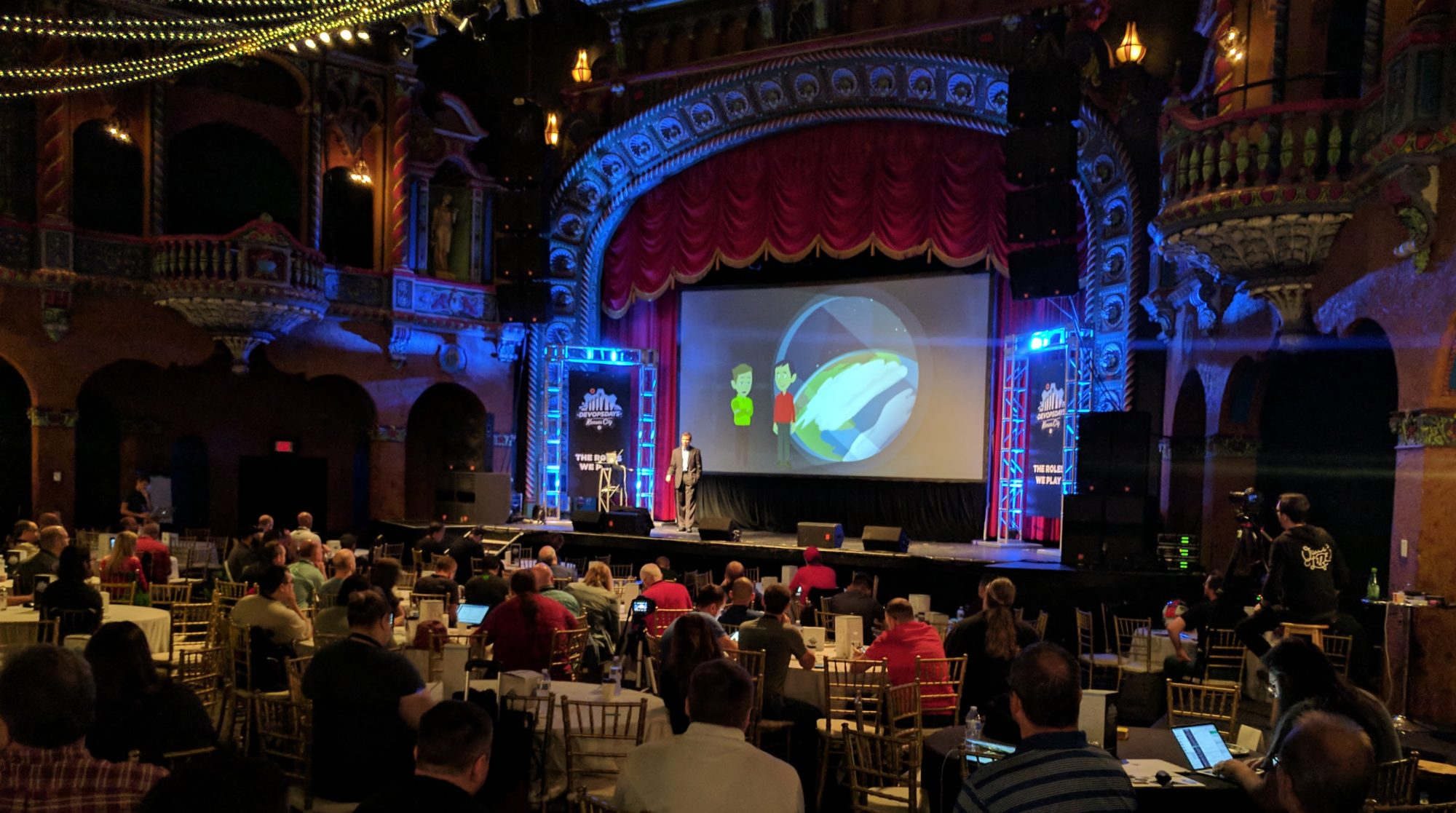Medium has an interesting way of voting for content that you like. You can “clap” for content. You can clap once or up to 50 times. If you hold down on the clap icon, it will count its way up to 50. This is an interesting approach to interaction and provides much more data on the back end as to how well people liked a particular piece of content. Of course, now there is the issue of authors asking, “Did you not like my content because you only gave me a single clap?”
I’m not sure what Medium is doing in the background, but I noticed that they do keep track of the number of unique people who clap for something. Between those two metrics they should have the ability to identify how well liked something is. If someone’s personal statistics show that they usually give 50 claps to a piece of content that they like, it would make sense to weight a single clap from them as worth less than someone who only gives a single clap to any piece of content.
Basically, this is what the partner’s program is doing with payments. Every paying member has a certain amount of credit to be distributed. If you only clap for one piece of content then it gets all the credit. If you clap twice for one piece of content and once for 3 other pieces of content, the piece you clapped twice 40% of the credit while each of the others only get 20%. (There may be some more nuances, but that appears to be the basic idea.)
If this same approach is used to weight how well people like content (paying or not) then it doesn’t really matter how many times you clap as long as you make it reflect your own personal relative value for a particular piece of content.
One last thing of note is that there appears to be a problem with clapping for content that is on a custom domain. If you are using a browser that tries to avoid letting other sites track you, you may run into some interesting issues. For example https://medium.freecodecamp.org. If your browser is trying to block external tracking and you go to a post on that domain like this and try to click on the clap button, it reloads the page on the first click. After that, you can click and hold, but the refresh takes me back to the top of the page. This probably depends on how your browser is configured, but it explains why some people don’t know that you can clap more than once. The UI on custom domains may not be working in a way that makes it easy to understand.
My guess is that this is one of the reasons that Medium decided to stop allowing custom domains and it will be interesting to see how it is handled going forward.


